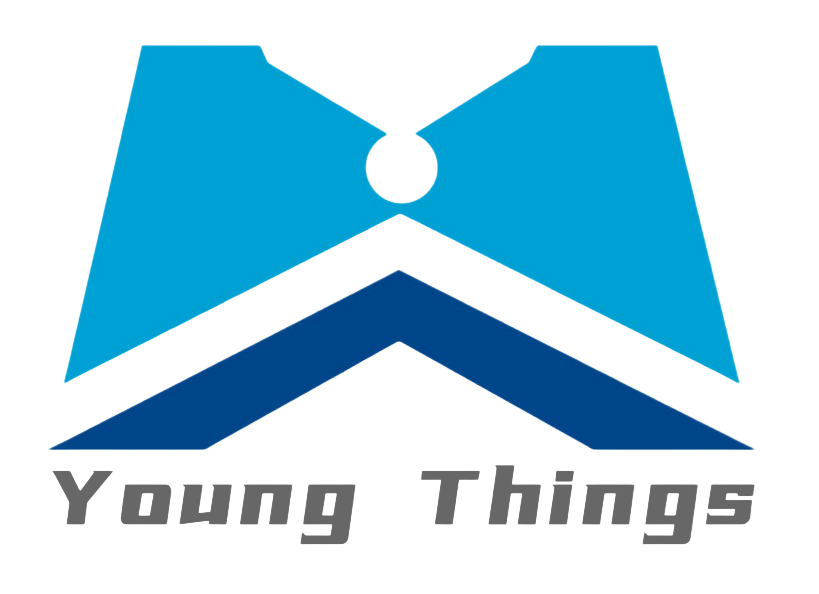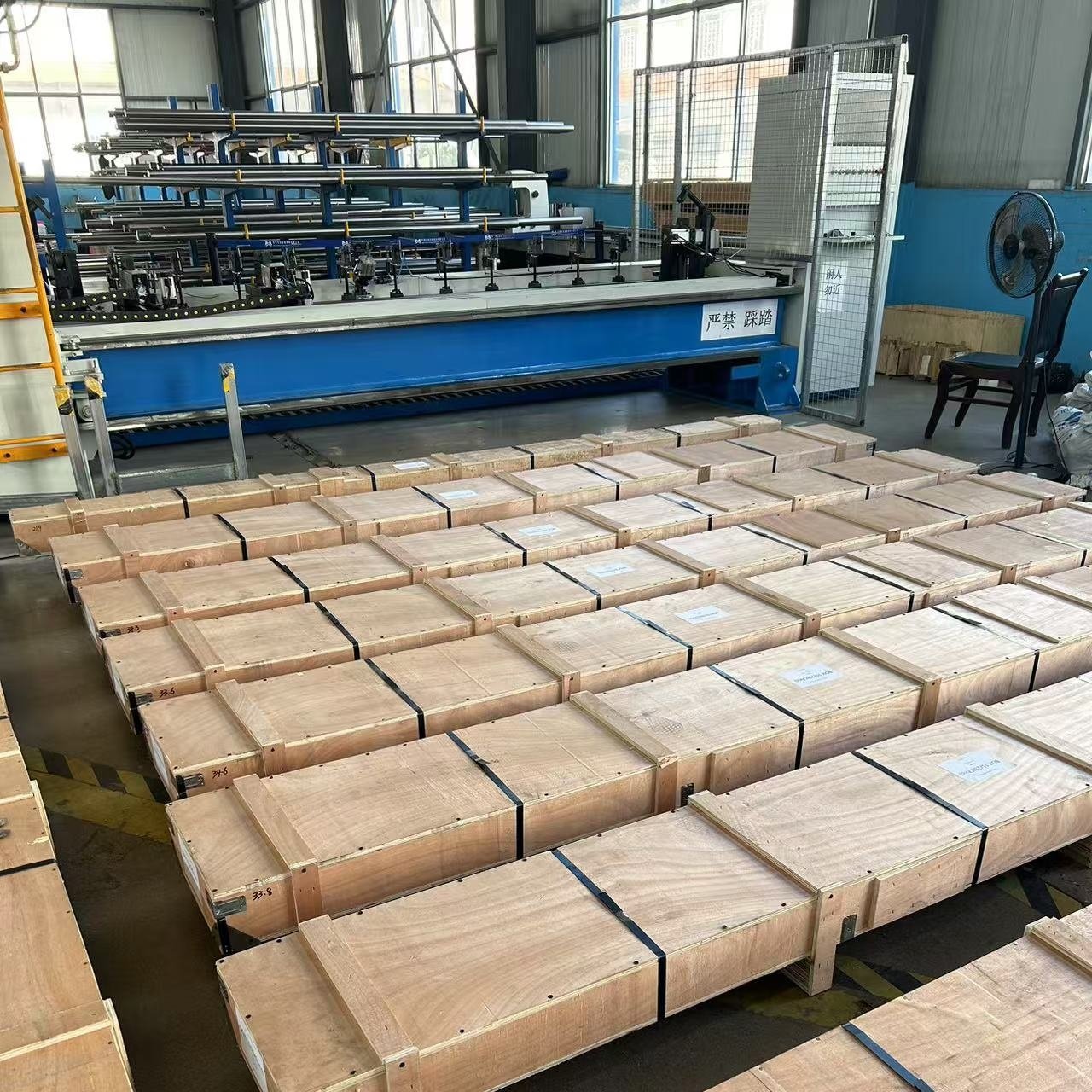Titanium alloys, metals renowned for their high strength and corrosion resistance, play indispensable roles in fields such as aerospace and medical industries. However, internally hidden defects in titanium alloy forgings, imperceptible to the naked eye, can lead to catastrophic consequences once manifested. To ensure the quality and safety of titanium alloy products, Non-Destructive Testing (NDT) technology has emerged. NDT acts like a “clairvoyant,” penetrating material interiors to precisely detect concealed defects, becoming the “guardian” of titanium alloy forging quality.At Young Things Metal Co. Ltd., located in Baoji, China, known as ‘Titanium Valley,’ we specialize in producing high-quality titanium products that meet international standards. We ensure quality through rigorous Non-Destructive Testing (NDT) protocols. This guarantees the reliability and safety of our titanium forgings in aerospace, medical, and chemical industries.
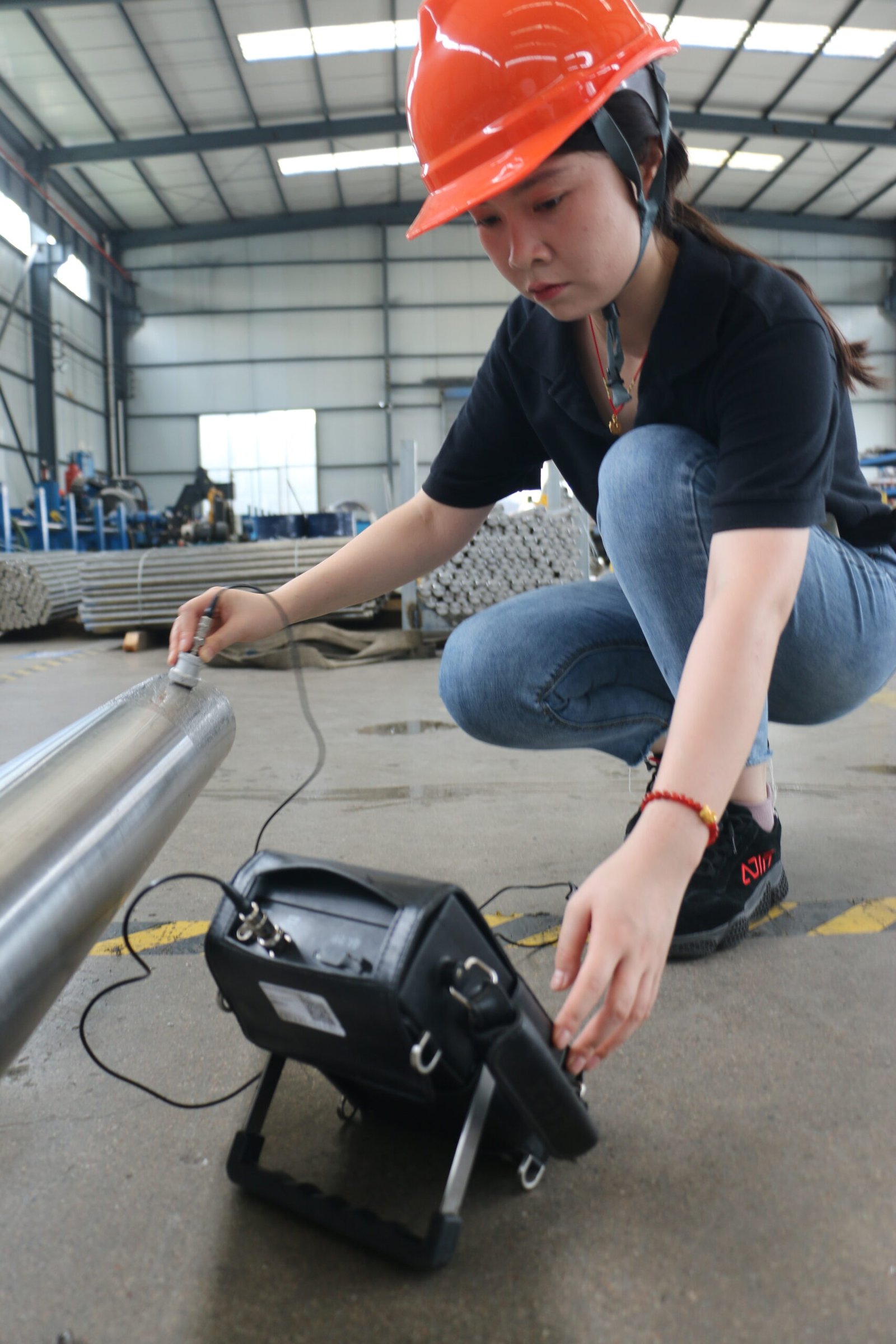

1.Characteristics and Challenges of Titanium Alloy Forgings
Titanium alloys have outstanding properties, such as high strength, heat resistance, and corrosion resistance. These alloys are widely used in aerospace, medical, and other industries. However, due to their complex manufacturing processes, they are prone to various defects such as cracks, inclusions, and porosity. The presence of these defects significantly impacts the performance and service life of titanium alloy forgings. Hence, precise and reliable non-destructive testing of titanium alloy forgings is crucial.
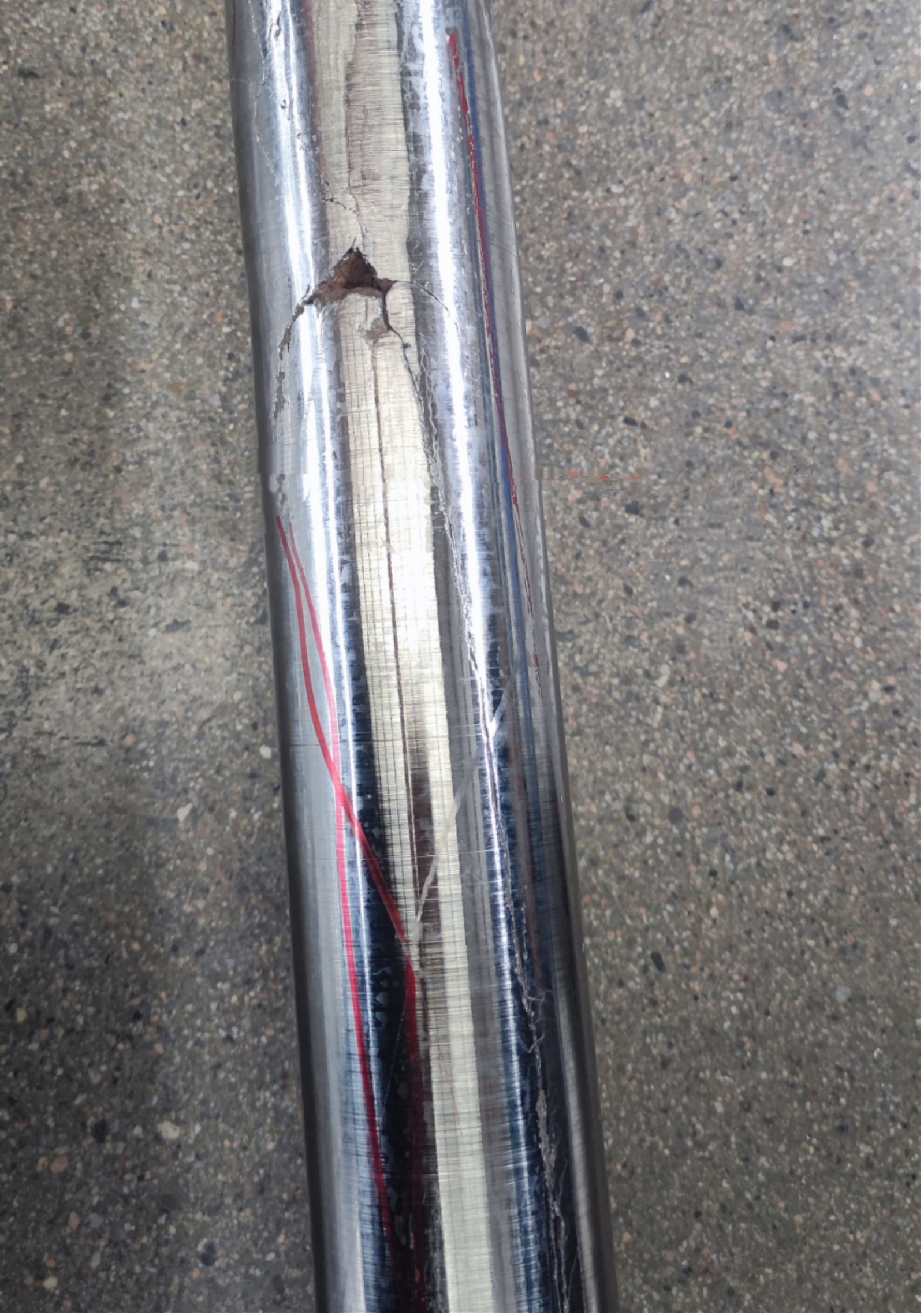
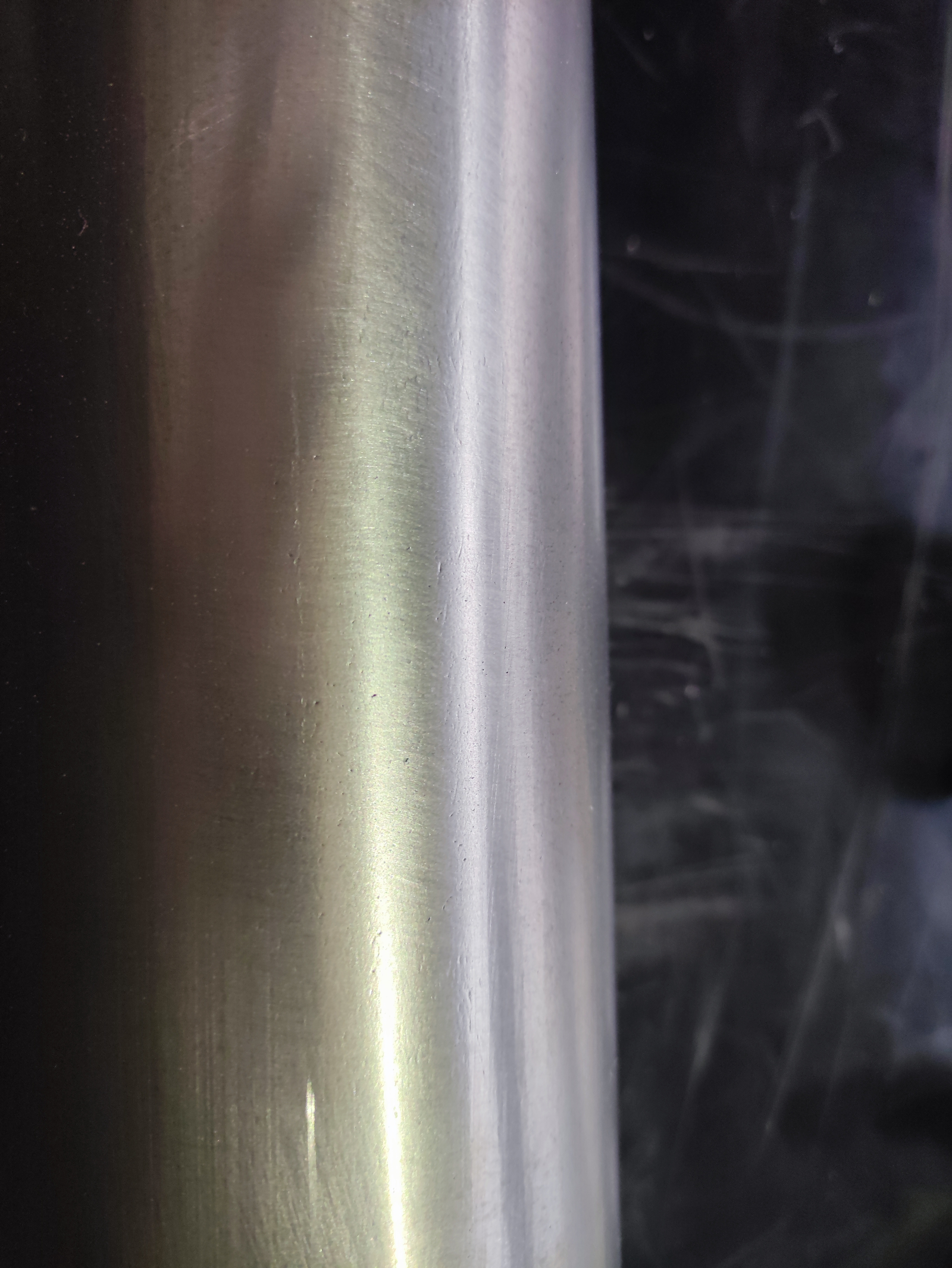
2.Application of NDT Technology in Titanium Alloy Forgings
- Ultrasonic Testing (UT): Ultrasonic testing uses high-frequency sound waves to detect internal defects like cracks, inclusions, and porosity. It offers high sensitivity, high resolution, and can detect deep defects, making it ideal for inspecting titanium alloy forgings. For instance, UT can clearly display cracks within titanium alloy engine blades, ensuring safe engine operation.
- Radiographic Testing (RT): Radiographic testing uses X-rays or gamma rays to reveal internal defects. It detects defects by measuring variations in radiation intensity. While it provides clear images, it also has radiation hazards. It is mainly used for inspecting weld quality and casting defects in titanium alloy forgings. For example, RT comprehensively examines weld quality within thick-walled titanium alloy containers, ensuring their sealing integrity.
- Eddy Current Testing (ET): Eddy current testing uses high-frequency currents to detect changes in conductive materials. It reveals surface defects like cracks and corrosion in titanium alloy forgings. This method is fast and highly sensitive but requires specific conductivity, making it suitable for surface defect inspection.For instance, ET swiftly detects cracks on the surface of titanium alloy pipes, preventing leakage accidents.
- Magnetic Particle Testing (MT): Magnetic particle testing uses magnetic particles to gather at defect sites under a magnetic field. It detects surface defects like cracks. This method is simple and intuitive but requires materials with specific magnetic permeability. It is mainly used for detecting surface fatigue cracks in titanium alloy forgings.For example, MT detects fatigue cracks on the surface of titanium alloy forgings, extending their service life.
- Penetrant Testing (PT): Penetrant testing uses liquid to seep into surface defects, then applies a developer to reveal shapes and locations.This method applies to detecting open-surface defects in various materials. For instance, PT detects coating defects on titanium alloy surfaces, ensuring coating integrity.
Besides these common NDT methods, other techniques like Acoustic Emission (AE) and Thermal Imaging (TI) offer unique advantages in specific situations.
At Young Things Metal Co. Ltd., our advanced Ultrasonic Testing (UT) equipment inspects deep defects in titanium alloy forgings. This ensures our products meet the strict standards of the aerospace industry.
3.Expanded Applications of NDT Technology
NDT technology’s applications extend far beyond titanium alloy forgings, playing crucial roles in various fields:
3.1 Aerospace Applications
- Crack Detection in Engine Blades:Ultrasonic testing is used for periodic inspections of aircraft engine blades. It detects tiny cracks early, preventing serious accidents. Routine checks of a fighter jet revealed cracks inside the blades, prompting replacements and preventing accidents.
- Delamination Detection in Composite Materials:Thermal imaging inspects composite aircraft skin to detect delamination early and ensure structural integrity. Minor wing vibrations revealed slight delamination at the leading edge, detected by thermal imaging. This led to prompt repairs and prevented severe damage.
- Fatigue Damage Detection in Satellite Structures:Eddy current testing assesses fatigue damage in satellite structural weld joints, prolonging satellite lifespan. During orbit, a communication satellite’s solar panel support brackets underwent eddy current testing. Fatigue cracks were found, allowing timely adjustments to prevent solar panel failure.
3.2 Medical Devices Applications
- Defect Detection in Artificial Joints:X-ray testing detects pores and inclusions in titanium alloy joints, improving implant reliability. After hip replacement surgery, a patient experienced implant loosening. X-ray testing found tiny cracks inside the implant, leading to timely replacement and avoiding further surgery.
- Biocompatibility Testing of Implantable Medical Devices:Electrochemical testing examines surface biocompatibility of implantable medical devices, preventing allergic reactions in patients.After a cardiac pacemaker implant, a patient experienced allergic reactions due to metal ions on the casing. Timely replacement ensured patient safety.
3.3 Energy Sector Applications
- Corrosion Detection in Nuclear Power Plant Pipelines:Ultrasonic and eddy current testing inspect primary pipelines for corrosion. This ensures safe operation of nuclear plants. Routine inspections found localized corrosion in a primary pipeline, prompting preventive measures to avoid leakage accidents.
- Damage Detection in Wind Turbine Blades:Infrared thermography detects internal damage, such as delamination and cracks, in turbine blades. This ensures turbine safety. Infrared thermography found localized overheating in some blades, leading to replacements and preventing malfunctions.
3.4 Automotive Industry
- Fatigue Damage Testing of Automotive Components:Eddy current testing assesses fatigue cracks in automotive suspension system springs, ensuring vehicle safety. A car brand found fatigue cracks in front suspension springs using eddy current testing. This led to recalls and prevented accidents.
- Coating Thickness Inspection in Automotive Bodies:X-ray fluorescence technology inspects coating thickness on automotive body surfaces, ensuring corrosion resistance. X-ray fluorescence testing found inadequate chassis coating in certain car models, prompting production adjustments to improve corrosion resistance.
3.5 Petrochemical Industry
- Thickness Testing of Tank Walls:Ultrasonic testing assesses tank wall thickness to evaluate corrosion levels, preventing tank leakage accidents. Ultrasonic testing identified localized corrosion at the bottom of tanks in a petrochemical company. Timely repairs prevented crude oil leaks and environmental pollution.
- Weld Defect Detection in Pipeline Welds:Radiographic testing inspects weld defects in petrochemical pipelines to ensure weld quality and prevent rupture. A pipeline leaked during transport, with radiographic testing revealing incomplete welds. Repairs ensured pipeline safety.Radiographic testing inspects weld defects in petrochemical pipeline welds, ensuring weld quality and preventing pipeline rupture accidents.A petrochemical pipeline leaked during transport. Radiographic testing found incomplete welds, leading to repairs and ensuring safety.
3.6 Construction Industry
- Defect Detection in Concrete Structures:Ground-penetrating radar technology inspects concrete structures for defects like voids and cracks, assessing structural safety. Cracks appeared in a high-rise building, and ground-penetrating radar detected voids in floor slabs. Reinforcements were made to prevent collapse.
- Thickness Testing of Reinforced Concrete Protective Layers:Magnetic induction technology inspects the protective layer thickness of reinforced concrete. This ensures steel reinforcement is adequately protected and prolongs structural lifespan. For instance, during regular inspections, inadequate protective layer thickness was found on bridge piers, prompting repairs and extending the bridge’s lifespan.
These applications demonstrate the extensive use and importance of NDT technology in critical fields. NDT technology is key for ensuring safety, performance, and reliability across industries, from aerospace to automotive and petrochemical to construction. As technology advances, NDT will continue to support industry development and innovation globally.
4.Problems and Solutions in NDT Technology
NDT technology is the cornerstone of modern quality control, ensuring product safety and improving production efficiency.However, with the continuous advancement of industrial technology, NDT faces increasing challenges. This article examines four main challenges in NDT: detecting complex components, testing in extreme environments, analyzing data, and standardizing criteria. We explore these issues, current opportunities, and future trends.
- Challenges in Testing Complex Titanium Forgings: Titanium alloys are used in aerospace, petrochemical, and other fields due to their high strength-to-weight ratio and corrosion resistance. However, complex shapes and uneven grain structures in titanium alloy forgings, along with defects like cracks and inclusions, make NDT challenging. For example, ultrasonic testing struggles to detect defects in intricate cooling channels of turbine blades. Moreover, titanium alloy’s strong anisotropy complicates the propagation characteristics of ultrasound within the material, increasing the difficulty of defect identification. Researchers are exploring advanced technologies like X-ray CT, phased array ultrasonics, and finite element analysis to test titanium alloy forgings comprehensively.
- Challenges in Testing Titanium Forgings in High-Temperature and High-Pressure Environments: Titanium alloy forgings in high-temperature and high-pressure environments, such as compressor blades in aircraft engines, face damage from heat, pressure, and fatigue. Traditional ultrasonic testing struggles with noise and signal issues. To address this, researchers have developed heat-resistant probes and advanced signal processing techniques to improve detection accuracy.Additionally, improving ultrasound coupling efficiency by filling coupling agents between probes and workpieces effectively enhances detection sensitivity.
- Analysis and Interpretation of Testing Data for Titanium Alloy Forgings: TTitanium alloy forging data often contains noise and interference, making defect recognition challenging. Traditional methods of testing data analysis heavily rely on manual expertise, resulting in low efficiency and potential misjudgments. To enhance the efficiency and accuracy of testing data analysis, researchers have introduced machine learning and deep learning technologies. Deep learning models trained on large titanium alloy datasets can automatically identify defects like cracks and inclusions.Furthermore, integrating expert systems enables further analysis and interpretation of test results, enhancing the reliability of testing.
- Standardization and Specification of Testing Criteria for Titanium Alloy Forgings: Testing data for titanium alloy forgings often contain noise, making defect recognition difficult. Deep learning models trained on large datasets can automatically identify defects like cracks and inclusions. Addressing this issue requires establishing a comprehensive system of NDT testing standards specifically for titanium alloy forgings. Current NDT standards for titanium alloy forgings vary between countries, posing challenges for quality certification. A unified system should cover material chemistry, properties, defect types, testing methods, and acceptance criteria, aligning with international standards. Standards should also evolve with advances in titanium alloy materials and processes.
At Young Things Metal Co. Ltd.,We are exploring additional equipment to complement ultrasonic testing for detecting defects in complex titanium forgings like turbine blades. Our focus is on improving detection sensitivity and accuracy to meet and exceed industry standards.
5.Future Trends and Innovations in NDT Technology
- Non-Destructive Testing (NDT)technology, a term that may sound specialized, is actually ubiquitous around us. From skyscrapers to airplanes and ships, from medical devices to electronic products, NDT technology silently safeguards our safety. With continuous technological advancements and expanding application areas, the future prospects of Non-Destructive Testing (NDT) technology are exceptionally broad. Key future trends include but are not limited to the following aspects:
- Application of Artificial Intelligence (AI) in NDT: AI significantly enhances detection efficiency and accuracy in NDT. AI uses deep learning to analyze NDT data for automatic defect identification, replacing manual interpretation and improving efficiency. AI models predict equipment health and identify faults early, reducing downtime and costs. AI also optimizes detection parameters, enhancing sensitivity and resolution for reliable results.
- Introduction of Robotics Technology: Robotics brings unprecedented flexibility and efficiency to NDT.Robots use precise motion control and strong environmental perception to perform automated, non-contact inspections. They inspect complex structures, confined spaces, and hazardous environments. Industrial robots with NDT sensors can inspect large tanks and pipelines, while miniature robots access narrow spaces traditional methods cannot reach.Furthermore, robots combined with Virtual Reality (VR) technology provide immersive inspection experiences, enhancing inspection efficiency and accuracy.
- Application of Internet of Things (IoT) Technology: IoT makes NDT smarter and more networked. By connecting NDT equipment to IoT platforms, remote monitoring, control, and data sharing of equipment become possible. Deploying multiple NDT sensors on critical equipment collects health data in real-time. Cloud platforms analyze this data for monitoring and fault prediction. Furthermore, IoT integrates various types of NDT data, establishing extensive NDT data centers to support product design and quality control.
- NDT technology is in a phase of rapid development and transformation. With emerging technologies such as artificial intelligence, robotics, and IoT, NDT technology is poised for new development opportunities. These technologies drive NDT towards higher precision, broader scope, and greater intelligence, offering efficient and reliable inspection solutions for various industries.
6.Importance of NDT Talent and Training Needs
Non-Destructive Testing (NDT) technology plays a crucial role in modern industry. NDT professionals, as practitioners of this technology, contribute indispensably to ensuring product quality, enhancing production efficiency, and ensuring safety.
- Significance of NDT Talent in Industry: NDT professionals use advanced techniques like ultrasonic, X-ray, and magnetic particle to inspect materials, components, and structures. Their work ensures product and equipment quality and safety. They detect defects, prevent accidents, reduce costs, and enhance reliability. In high-risk industries like aerospace, energy, and petrochemicals, they are vital for safety and protecting assets. In summary, NDT professionals are not only technical workers but also guardians of industrial safety and enhancers of product quality. Their work directly affects product lifespan, equipment reliability, and corporate reputation. With the continuous development of industrial technology, the demand for NDT professionals will continue to grow.
- Enterprises’ Urgent Demand for NDT Talent: Modern industries have an increasingly urgent demand for NDT professionals. As manufacturing advances and quality requirements rise, enterprises need NDT professionals to ensure product quality and safety. NDT technology plays a crucial role in detecting internal defects and assessing structural integrity. Especially in high-risk industries such as aerospace, nuclear power, and petrochemicals, the demand for NDT professionals is more urgent. Once failures occur in these industries’ products and equipment, they may cause severe casualties and property losses.Enterprises need experienced NDT professionals for regular inspections and assessments, ensuring production safety and reliability. Moreover, as new materials and technologies emerge, NDT technology continues to evolve. Enterprises need NDT professionals who can quickly learn new technologies and adapt to new standards to meet complex testing requirements.
- Training and Development of NDT Talent: To meet the demand for NDT professionals, educational institutions must keep up with technology, update curricula, and train professionals with practical skills.Industry-academic cooperation is crucial and should establish close connections to ensure that education meets industry needs. Furthermore, hands-on experience is essential, and students should have opportunities to participate in laboratory experiments and industry internships. Obtaining professional certifications enhances individual competitiveness, so students should be encouraged to actively participate in relevant certification exams. Only through these comprehensive measures can high-quality, practical NDT professionals be cultivated to meet industry development needs.
Conclusion
Non-Destructive Testing (NDT) technology plays a crucial role in modern industry as a key quality control and safety assurance method. By accurately detecting defects within titanium alloy forgings, NDT technology not only ensures product quality and performance but also improves overall production efficiency and safety. As technology continues to advance and its applications expand, NDT technology will remain essential in driving global industrial progress and societal development. At Young Things Metal Co. Ltd., we are committed to continuously enhancing our capabilities to ensure that our NDT practices consistently maintain the highest standards of quality and safety. Our titanium alloy forgings are trusted by clients across various industries worldwide, and we are dedicated to ongoing innovation to meet our customers’ evolving needs.
Share this article
Written by : 钛合金网
Follow us
Table Of Content
Latest articles
February 5, 2025
